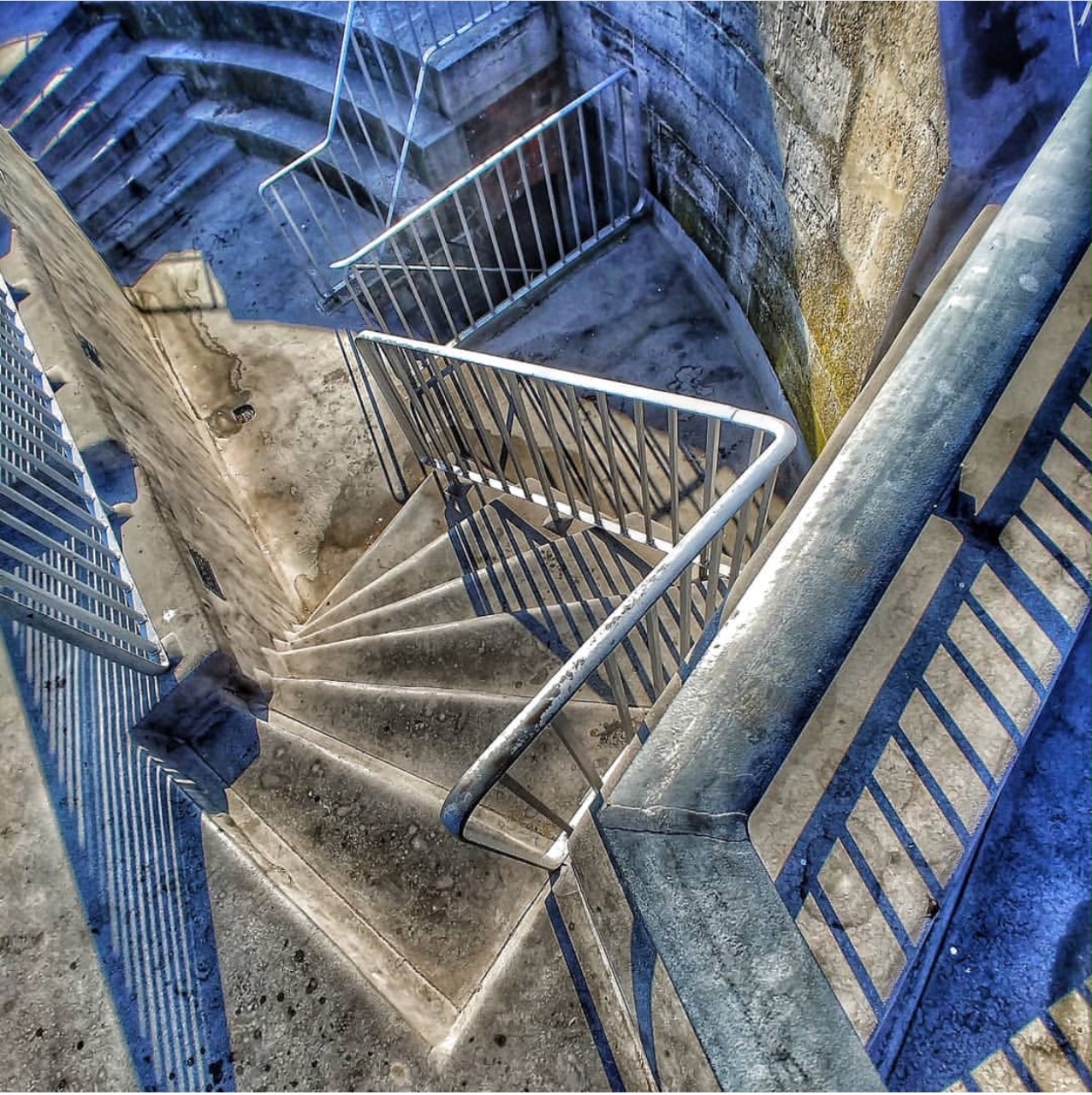I recently took a career break, as part of my job transition, so have been in London since the beginning of July – being a voracious reader while attending a three-week contemporary art program, run by Chelsea College of Art based in London.
Art has been my passion outside work for a number of years, and reading all my life so far. When deciding to join the art program, I had two quests on my mind: What is Art? Why does it matter?
The quests, to me, are related to the fundamental WHY that we may often ask ourselves, whether it be about our job, relationship, family, or our life-long passion. In his book Start with Why, Simon Sinek exuded the truth of the golden circle (why, how, what) and advocated the importance of starting with why, in both our professional and personal lives.
‘People don’t buy WHAT you do, they buy WHY you do it,’ said Sinek. My two quests are deeply related to this area: I felt lost and disoriented about why I call art as my passion, what art means to my life, and how it contributes to my work ( another passion of mine) and my relationship with the world.
David Hockney, a well-known British artist, once said that what an artist is trying to do for people is to bring them closer to something, about sharing an experience, a thought, and to bring people together.
My encounter of Hockney’s view that art is about sharing was then further expanded through reading Marina Abramovic’s biography Walk Through Walls. As one of the most outstanding performance artists, Abramovic, through her entire performance career, has been examining the relationship between art and life.
The epiphany, to her, rests upon that art has to be inseparable from life. ‘I am only interested in any art which can change the ideology of societies… Art which is only committed to aesthetic values is incomplete,’ stated Abromovic.
So far my time in the Chelsea college studio has been spent on exploring different materials and processes, taking a disciplined approach to progressing my ideas while reflecting on the art practice, its focus, and its relationship with the audience.
In the world of visual communication there are three key elements: site of image itself, site of production, and site of audience. In contrast I learnt from my art teacher that in the art practice, the sense of encounter needs to be accentuated.
In comparison to visual communication, in which once an idea or message is formed, the key is to execute, and to convey the idea or message to its target audience, the contemporary art practice encourages the participation of the audience: the sense of encounter is the key and space for the audience to see, examine, interpret the work in the audience’s own language.
From that sense I feel that art is fundamentally for the common good of the people. It may not please the audience’s eyes, such as Tracey Emin’s notorious bed installation (Title: My Bed) ; it may evoke debate and make the audience uncomfortable but for me that is the reason for the being of art: to speak the truth and to prompt its audience to think and reflect upon the truth; in equal terms, speaking the truth should be the essential act of being an artist, albeit an uncomfortable one at times.
My quests about what art is and why art matters are and will be continuing to evolve, but currently they come to a point of concurring with the concept that beauty is key to everything. In Why Beauty Is Key To Everything by Alan Moore, the author examined and reasoned gracefully why beauty matters and how we can relate beauty to the world we live in today.
The trinity of the human body, spirit, and soul should be embodied in whatever we engage in, whether be it in the context of business, science, education, technology, or in our every day living. To expand from William Morris advocacy that we should have nothing in our home that we do not know to be useful, or believe to be beautiful, Alan Moore, in his book, beautifully links design with creativity, working, and living, which helps me reach an epiphany moment:
We shall be able to fully embody all our passions into whatever we do; the beauty resides fundamentally with cultivating an artist’s eye and a curious mind, so that collectively each of us can contribute beauty, in our own unique ways, to our nature and our world that they truly deserve.


